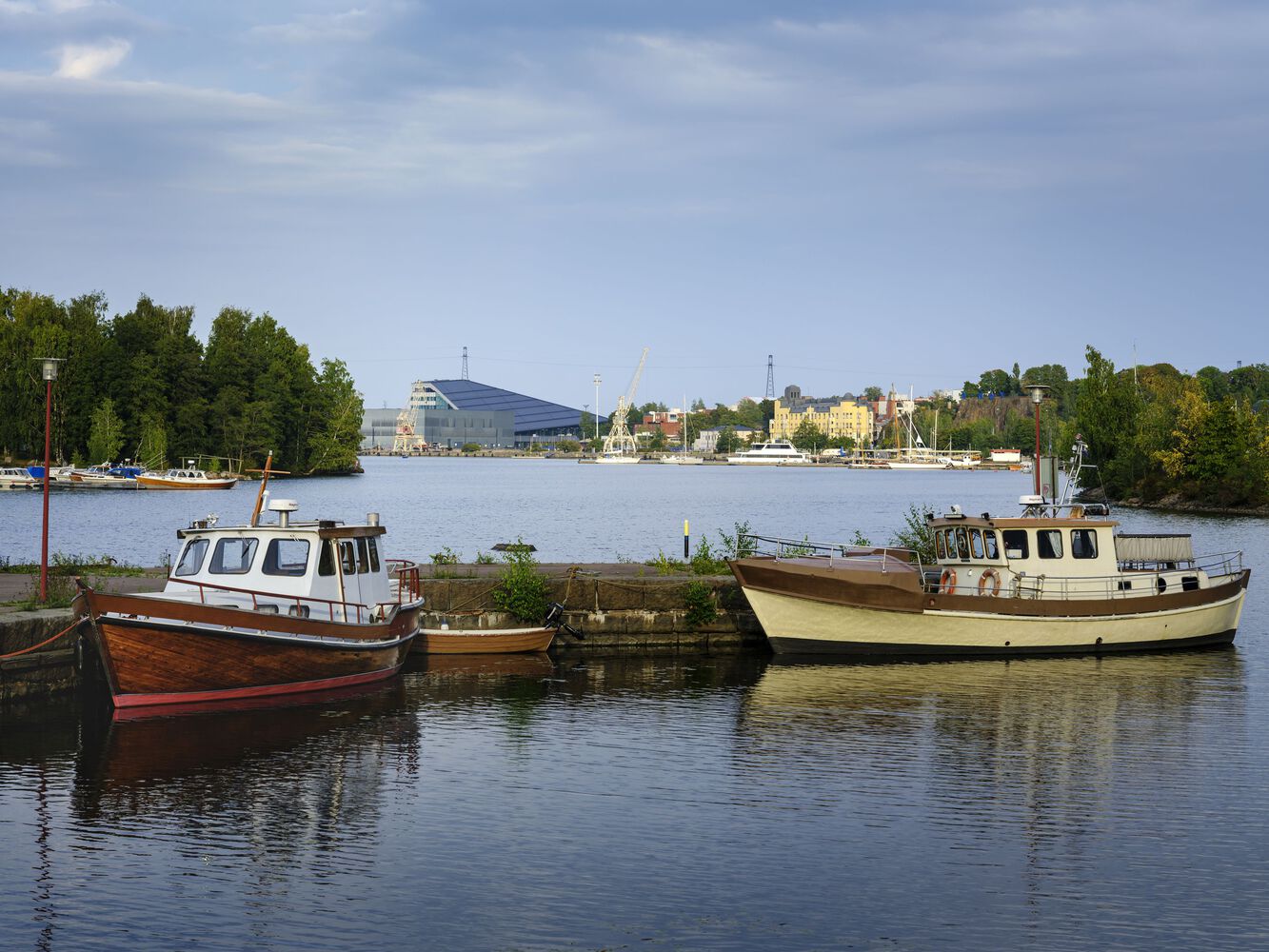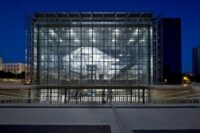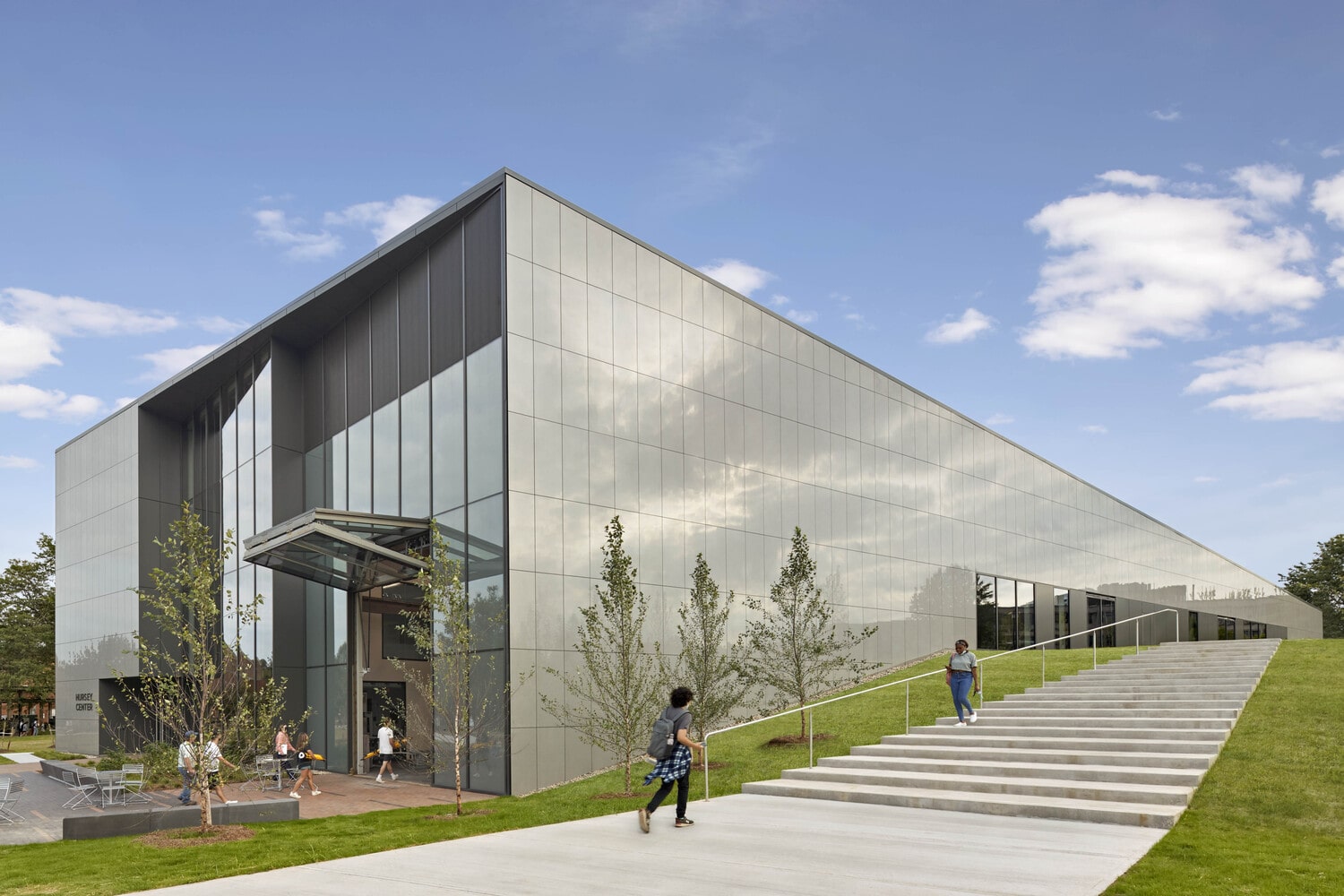- Home
- Articles
- Architectural Portfolio
- Architectral Presentation
- Inspirational Stories
- Architecture News
- Visualization
- BIM Industry
- Facade Design
- Parametric Design
- Career
- Landscape Architecture
- Construction
- Artificial Intelligence
- Sketching
- Design Softwares
- Diagrams
- Writing
- Architectural Tips
- Sustainability
- Courses
- Concept
- Technology
- History & Heritage
- Future of Architecture
- Guides & How-To
- Art & Culture
- Projects
- Interior Design
- Competitions
- Jobs
- Store
- Tools
- More
- Home
- Articles
- Architectural Portfolio
- Architectral Presentation
- Inspirational Stories
- Architecture News
- Visualization
- BIM Industry
- Facade Design
- Parametric Design
- Career
- Landscape Architecture
- Construction
- Artificial Intelligence
- Sketching
- Design Softwares
- Diagrams
- Writing
- Architectural Tips
- Sustainability
- Courses
- Concept
- Technology
- History & Heritage
- Future of Architecture
- Guides & How-To
- Art & Culture
- Projects
- Interior Design
- Competitions
- Jobs
- Store
- Tools
- More
XAMK Kymenlaakso University of Applied Sciences by Architects NRT & AOR Architects
XAMK’s new Kotka campus by NRT and AOR Architects redefines the harbor district with a bold industrial-inspired design. Featuring a dramatic folded roof, terraced interiors, flexible learning spaces, and rooftop gardens, the building serves as both an educational hub and a catalyst for urban regeneration.
The South-Eastern Finland University of Applied Sciences (Xamk) commissioned a new facility for its Kotka campus, seeking to relocate closer to the city center and provide students with a more accessible, inspiring learning environment. The ambition extended beyond functional requirements: the university envisioned a building that would act as an architectural beacon for the city, reinforcing Kotka’s identity as a forward-looking hub for education and culture.
The chosen site, Kantasatama port, has long been defined by its maritime and industrial character. Until recently, the Maritime Centre Vellamo, with its striking sculptural presence, was the only major public building in the area. The arrival of Xamk’s new facility, alongside the Event Centre Satama (designed by ALA Architects, 2023), represents a transformation of the harbor district into a vibrant cultural and educational destination. Together, these buildings form a synergy of use and identity, sharing certain spaces and functions while also enhancing the urban landscape as a pair of complementary landmarks.

Table of Contents
ToggleUrban Context and Architectural Language
The massing and architectural language of the new Xamk building are rooted in Kotka’s industrial and port heritage. Inspired by the utilitarian structures of the harbor—warehouses, cranes, and storage halls—the architects created a bold, unembellished design that both respects and reinterprets the site’s history.
A key feature is the massive dual-pitched folded roof, which shelters the building’s terraced interior. The roof not only defines the building’s silhouette but also operates as a high-performance environmental device. Rising in height toward the neighboring Event Centre Satama, the sloping roof accommodates integrated solar panels and extends into a four-meter overhang on its south-facing side, shading interior spaces from excessive heat gain.
The façades continue the industrial narrative, combining metal and glass with precision. The aluminum cladding features an undulating pattern that recalls the rippling surfaces of port warehouses, enlivening the otherwise minimalist elevations through light and shadow play. The result is a building that is simultaneously monumental and responsive, firmly grounded in its context while projecting a strong, contemporary presence.
Interplay of Roof and Terraces
The architectural concept centers on the dialogue between the steeply pitched protective roof and the terraced volumes beneath it. The roof’s bold geometry is emphasized by tall glass walls that link its sloping form to the horizontal façade elements.
Inside, this structural drama is expressed through a sequence of cascading terraces, which soften the bold exterior and create varied interior spatial experiences. These terraces act as both circulation and gathering zones, encouraging chance encounters, informal study sessions, and interdisciplinary collaboration. In this way, the architecture actively promotes a culture of openness and interaction.

Interior Atmosphere and Materiality
The library hall exemplifies the building’s interior design philosophy. Despite its large scale, it maintains a sense of intimacy through custom-built furniture, open staircases, and layered sightlines connecting different levels. Exposed steel structures visible through the façades establish a raw, honest aesthetic consistent with the port-inspired exterior.
The wave motif of the aluminum cladding reappears inside in the form of acoustic PET felt panels, creating continuity between exterior and interior design. Material contrasts are used to define different zones: white surfaces and open spaces dominate the atrium, while warm oak paneling characterizes the classrooms and learning areas, bringing a sense of calm and focus.
Importantly, the building systems and technical installations are intentionally left visible in many teaching spaces. This deliberate choice reflects the university’s academic orientation—many of Xamk’s programs focus on construction and building technology—turning the building itself into a didactic tool that demonstrates structural and technical principles to students.
Functionality and Flexibility
The facility was designed to accommodate the needs of a multidisciplinary university of applied sciences while also facilitating shared use with the Event Centre Satama and the wider community. From the outset, flexibility was embedded in the design, ensuring the building can adapt to future changes in use.
Although the building’s height varies across six levels due to its terraced form, the overall plan is rational and efficient. Rectangular classrooms can be easily reconfigured to accommodate evolving pedagogical needs. The concrete frame is engineered with a planned lifespan of 150 years, and the generous floor heights allow for potential programmatic shifts over time. Technical systems are systematically organized, with service hatches integrated into the façades to enable future upgrades. This forward-looking design reflects principles of circular economy and sustainability, preparing the building for multiple generations of use.
Program and Spatial Organization
The ground floor accommodates spaces requiring heavy-duty infrastructure, such as a sports hall and laboratory classrooms. Above, the second floor is defined by the expansive library atrium, which serves as both a hub of knowledge and a central social space.
From here, terraces connect upwards to the teaching and working spaces of the higher levels, ensuring visual and physical continuity throughout the building. Numerous informal gathering areas are distributed across the terraces, encouraging collaboration between students from different disciplines.
The uppermost levels feature rooftop gardens, which expand the educational and community potential of the building. These green spaces support research and teaching activities, host public events, and provide a setting for celebrations—literally elevating the university’s connection to the city and its citizens.

A Catalyst for Urban Transformation
More than just a campus building, the new Xamk facility functions as a catalyst for the transformation of Kotka’s Kantasatama harbor. Together with the Event Centre Satama and Maritime Centre Vellamo, it redefines the area as a hub of education, culture, and public life, while maintaining a respectful dialogue with its industrial heritage.
Through its robust materiality, flexible design, and bold architectural expression, the building embodies the values of sustainability, openness, and adaptability. It demonstrates how educational architecture can transcend its functional brief to become an active agent of urban regeneration and a symbol of collective identity.
Photography: Kalle Kouhia & Anders Portman
- Aluminum façade cladding
- AOR Architects
- Architects NRT
- Cascading terraces design
- Circular economy in architecture
- Contemporary Finnish architecture
- Dual-pitched roof architecture
- Educational landmark Finland
- Exposed steel structure interiors
- Flexible university spaces
- Industrial Heritage Architecture
- Kantasatama harbor regeneration
- Kotka campus architecture
- Library atrium architecture
- Port-inspired building design
- Rooftop gardens in education buildings
- Sustainable educational architecture
- University of Applied Sciences design
- Urban transformation through architecture
- Xamk Kymenlaakso University of Applied Sciences
I create and manage digital content for architecture-focused platforms, specializing in blog writing, short-form video editing, visual content production, and social media coordination. With a strong background in project and team management, I bring structure and creativity to every stage of content production. My skills in marketing, visual design, and strategic planning enable me to deliver impactful, brand-aligned results.
Submit your architectural projects
Follow these steps for submission your project. Submission FormLatest Posts
Valle d’Aosta University Campus by Mario Cucinella Architects
Mario Cucinella Architects’ Valle d’Aosta University Campus transforms a historic military site...
Soochow University Future Campus Phase 1 by Nikken Sekkei
Soochow University Future Campus Phase 1 by Nikken Sekkei blends academic, residential,...
Learning Center at the Central Campus of USTC by Heimat Architects
Heimat Architects’ Learning Center at USTC transforms a neglected campus corner into...
Hursey Center at University of Hartford by Payette
The Hursey Center at the University of Hartford merges engineering and health...





















































Leave a comment